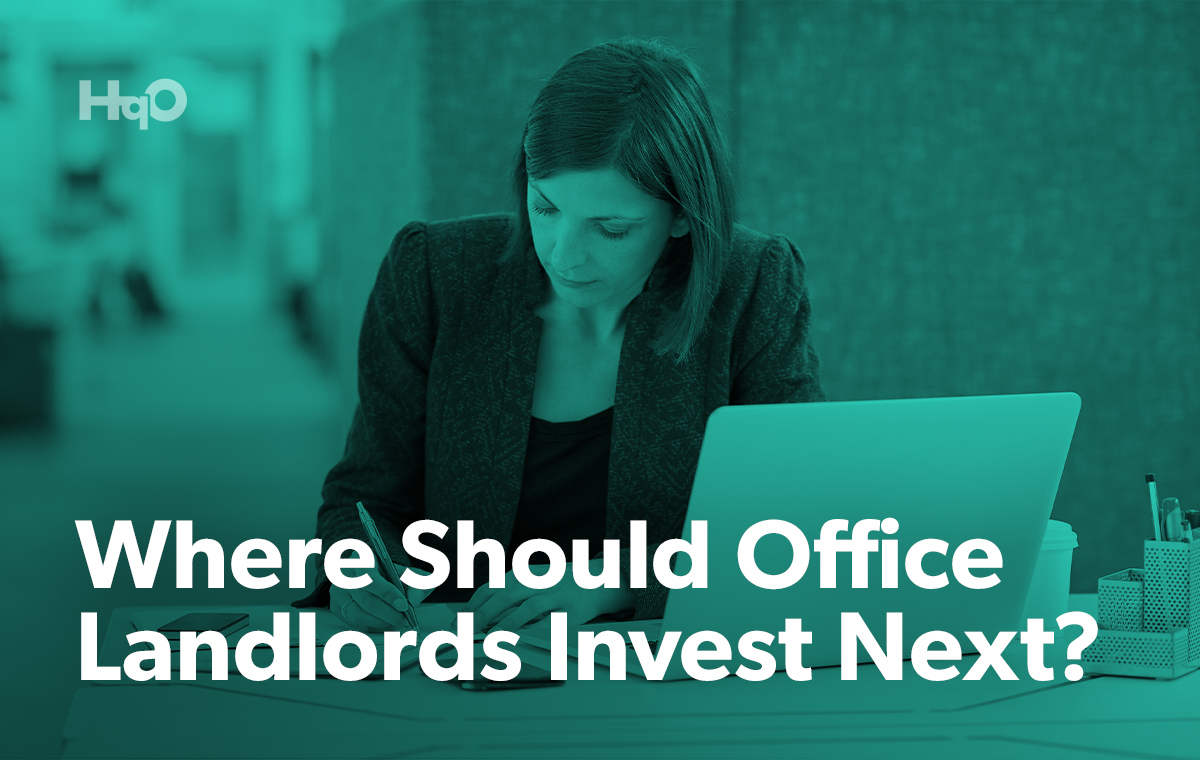To fully achieve market success through creating memorable workplace experiences, landlords and property teams are already making investments that bring both fun and utility to the workplace. These investments, regardless of category or scale, are being powered through workplace experience platforms like HqO.
Combining Fun and Utility
In regards to the “fun” side of the workplace, our 2022 Tenant Engagement Report — in which we polled our customers about their property plans for this year — revealed that 82% of property teams plan to host on-site events to increase tenant engagement. The breakdown is as follows:
- 29% plan to host between 6-11 on-site events at their properties
- 27% plan to host 12 or more on-site events at their properties
- 21% plan to host between 3-5 on-site events at their properties
- 23% plan to host at least one on-site event at their properties
Furthermore, they also indicated a focus on building amenities. When asked which were most valuable to their tenants, 32% cited that the most important feature is collaboration and events space, and 27% cited that the most important feature is on-site fitness or activity centers.
To support the “utility” side of the workplace, we can turn back to our State of Workplace Experience in 2022 report. Many landlords revealed an increased interest in flexible space configurations to support hybrid workers, as well as touchless technologies for the workplace that would increase productivity and efficiency among tenants and employees:
- 52% are offering flexible workspace configurations such as hot desking, co-working, or activities-based workspaces, and 32% plan to implement in the future
- 64% say it is a high priority for their tenants to have access control and visitor management technologies
- 40% say it is a high priority to invest in work orders and operations technologies
- 40% say it is a high priority to invest in food ordering or catering tools
Not surprisingly, these sentiments have led to 64% of landlords increasing their investments in access control and visitor management technologies, and 44% increasing their investments in work orders/operations technologies.
Now, let’s say you have already invested in these features for your workplace properties. Where do you invest next?
Investing in the Future
The data we’ve collected over the past year has brought many insights to our industry, including how landlords and tenants are aligned with modern workplace needs — and how they’re not.
For landlords and property teams who have already made many (or all) of the investments mentioned in the previous chapter, there are still plenty of opportunities for improvement. By looking at what employers and employees are demanding, we can improve upon other important aspects of workplace experience.
For example, our State of Workplace Experience in 2022 report also reveals where tenant companies are placing their money, and how these strategies stack up with their landlord’s priorities.
- 76% of employers have already invested in room and desk reservation tools
- 74% have already invested in employee feedback and support tools
Additionally, 44% plan to invest further into room and desk reservation tools, and 34% plan to invest further into location services such as wayfinding and occupancy details.
These details point out a slight disparity between landlord and tenant plans: landlords are investing in technologies like mobile access, food ordering, and work orders to make things touchless, whereas tenants are investing in workplace engagement tools, room booking tools, and employee feedback tools that can create more flexible and engaging environments. Thus, it comes as no surprise that employers are also placing emphasis on dedicated workplace experience tools to further engagement among hybrid teams: 68% of employers believe that investing in dedicated employee and workplace experience tools is very significant or significant to attract and retain talent.
Not only does this indicate that landlords should be investing more in these tools to help tenants and their employees, but it also reveals another opportunity for landlords: the need for increased communications with tenants.
It’s natural for there to be misalignment between a building’s owners and its end-users, as they are trying to achieve different goals for their businesses. However, it can also be attributed to a lack of data collection and tenant feedback in the workplace. This is supported by the following statistics:
- 44% of landlords don’t directly email tenants at all
- 48% of landlords email tenant point-of-contacts occasionally
- 44% of landlords use physical signage on a monthly basis to communicate with tenants
- 40% use a building mobile application to communicate occasionally with tenants
In addition, only 44% of landlords currently offer dedicated staff to manage tenant engagement, and only 48% plan to implement this staff in the future — meaning that without more consistent communications or dedicated staff to manage tenant experience in the workplace, many landlords are making investments for their properties based on guesswork or assumption. Fortunately, workplace experience technologies can combine all of these features and more into a single, easy-to-use platform.
Want to learn more about how HqO can help? Download our latest report today.



